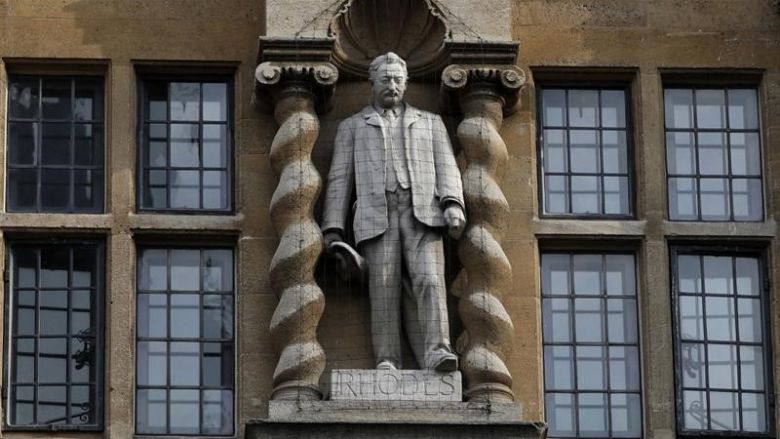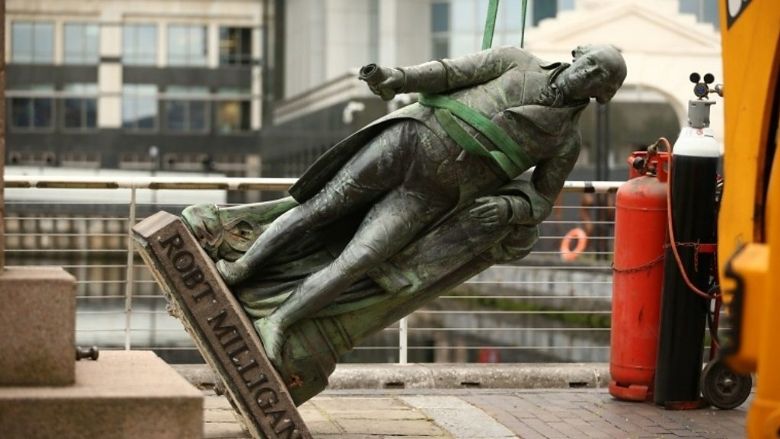Historic Statues - Reflections and A Challenge

How should we decide which people from our past to commemorate?
There has been a great deal of discussion recently about monuments to Britain’s past, such as the names of buildings and streets, and especially statues. You are probably aware of the protests which resulted in the statue of Edward Colston being pulled down in Bristol, and others being damaged elsewhere. People have put forward strong views on both sides of this debate.
The question of whether it is right to pull down statues of people from our past makes us ask interesting and difficult questions about why we put up statues of people in the first place. Mr Duncan, Subject Leader for Classics, and Mr Curran, Subject Leader for History, have been considering some of these questions and you can read their analysis here and here.


Rather than arguing about tearing down statues, we would like to invite you to consider why we should put them up in the first place. Imagine a situation where Kendrick has got five empty plinths on which we are going to put statues of people from history. Your challenge is to choose the five individuals, and to write up to 500 words to justify your choices. You need to think carefully about the individuals’ achievements, attitudes and actions. What values and beliefs would it show that we at Kendrick hold to be important if we put up statues of those individuals? You could choose individuals who are already familiar to us and may appear in the school curriculum, or individuals from different cultures around the world who may not be well known in Britain.
 This challenge is open to students in all year groups. A blank entry form is available for you to fill out, or you can submit your entry in your own format if you prefer. Entries should be sent by email to Mr Curran by Sunday 5th July 2020. Winning entries in each year group will be awarded with a prize! Good luck!
This challenge is open to students in all year groups. A blank entry form is available for you to fill out, or you can submit your entry in your own format if you prefer. Entries should be sent by email to Mr Curran by Sunday 5th July 2020. Winning entries in each year group will be awarded with a prize! Good luck!
